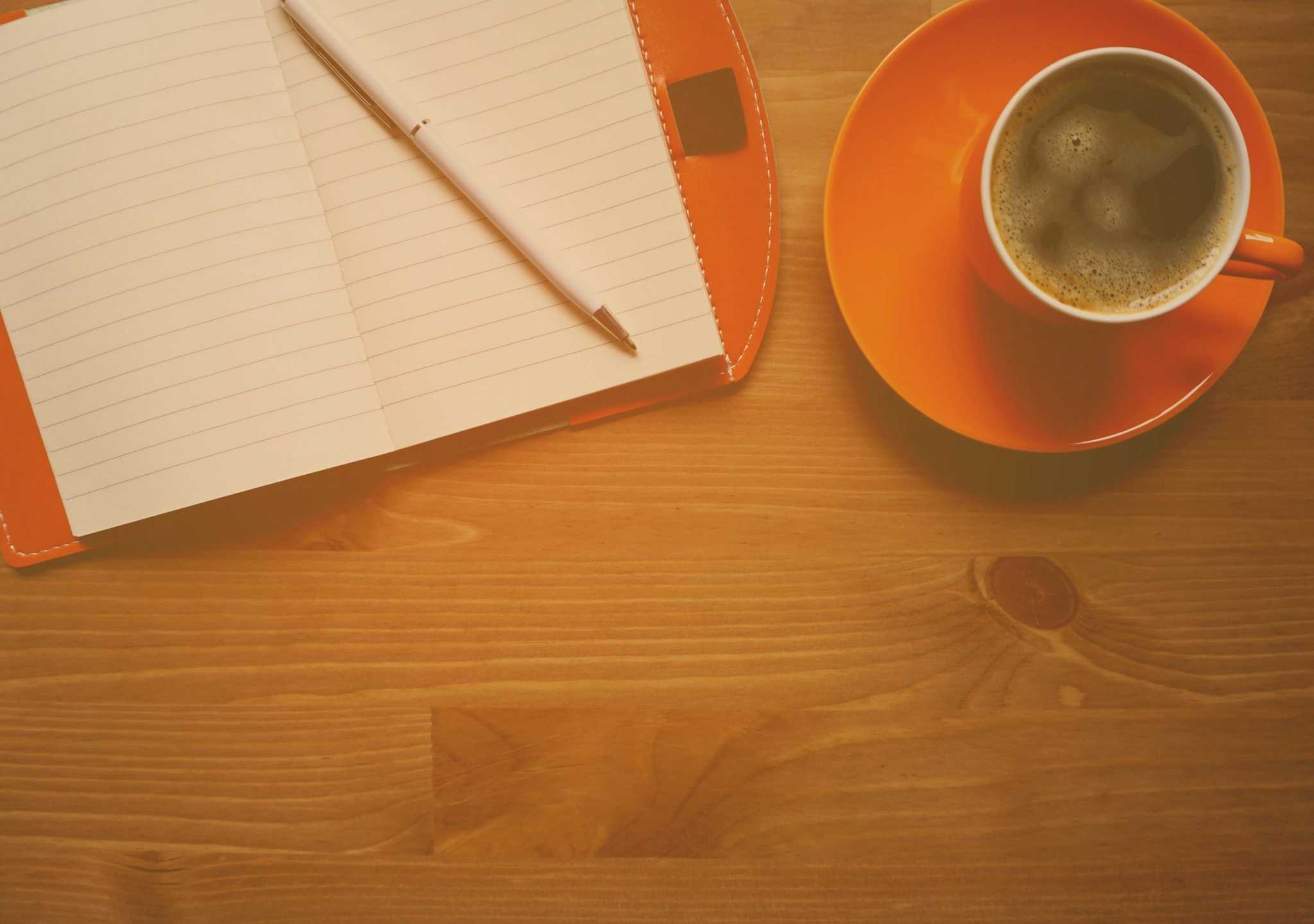Decades ago there was a very popular song: “Everything is beautiful in it’s own way.”
The same can be said for residential interiors.
There is nothing physical inside a residence that cannot be enhanced aesthetically.
The design elements of line, form, mass, color, and texture are in all physical objects and can be used positively or negatively for aesthetic results.
Thinking of things, not as things, but as elements of design is the key. Intelligence, imagination, and creativity will determine the aesthetic results using these elements.
When you look at your residential environment what do you see? Things or designs?
Is what you see important emotionally, psychologically, and intellectively?
Food for thought.
